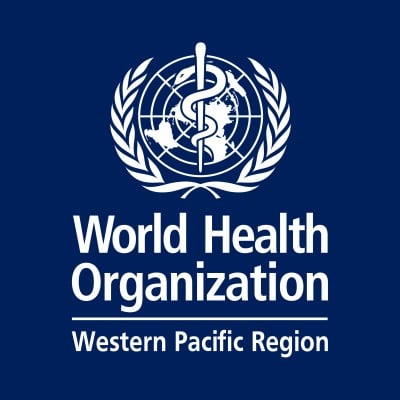
World Health Organization Western Pacific Region
This is the official LinkedIn page of the World Health Organization in the Western Pacific Region. With our partners, we work to promote health, keep the world safe and serve the vulnerable — all in one of the most diverse and dynamic regions on the planet. From strengthening health systems to responding to emergencies and advancing universal health coverage, we are committed to building a healthier future for nearly 2 billion people across 38 countries and areas. #HealthForAll






